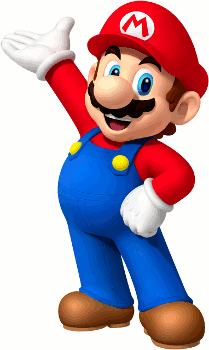Of all the Let’s Players out there, raocow stands out as one who gives fun, wacky commentary, but also has an eye for design and brings up insights on level structure, aesthetics, and the creative use of technology. He certainly isn’t out to trash or make fun of the games he plays, either, which are my least favorite kinds of LPs, and he mostly plays rom hacks and indie games that tend to put into perspective how indie developers (including individual game designers) can utilize ideas that bigger developers wouldn’t, ranging from games that are too hard to sell to a mass audience to games like Psycho Waluigi, a platformer in which Waluigi gains psychic powers and sets out to conquer the world.
The video he posted today was one of those hard levels—was it ever. Above all, I watch raocow because he’s a jovial, positive dude, so when he titles one of his episodes “Unraocow video” then I know we’re in for something brutal. I’ll say first that I’ve loved watching the rest of New! Super Mario World 2: Yoshi’s Island by YoshisFan. I’m not writing this as an attack (and I doubt he’d see it anyway). I’d say YoshisFan has done great work on a wonderful Yoshi’s Island fan game. I enjoyed Artoon’s Yoshi’s Island DS, but I’d take his game over it any day.
This one level, though, goes over the line—and, as always in my blog, the question is why and how. Most people who dislike the level would give the simple answer “it’s too difficult,” but I want to break down what that really means. Writing about “legitimate” and overbearing difficulty has been on my backburner and today just brought it to the forefront. Here are seven types of difficulty found in video games:




 smaller.png)